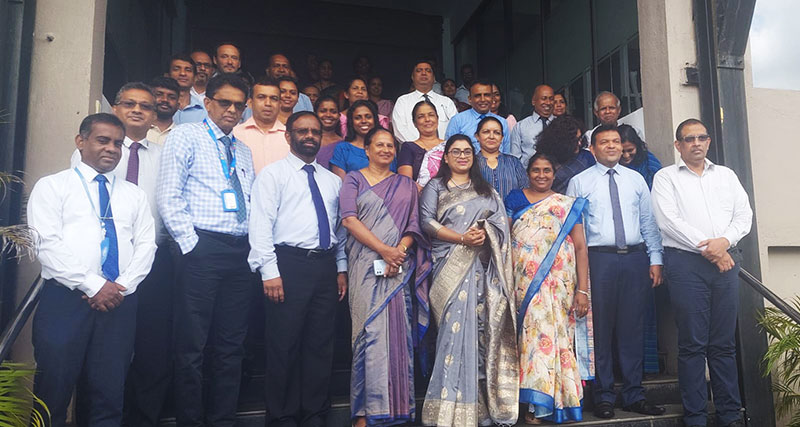May 17, 2024

Ms. Rokeya Khaton, Director General of South Asia Cooperative Environment Programme (SACEP) attended a workshop on Addressing marine hypoxia in the Bay of Bengal Large Marine Ecosystem by reducing land-based agricultural pollution in the north-west of Sri Lanka at Water's Edge Hotel in Colombo 10 May 2024. The programme was jointly organized by the Ministry of Environment, Sri Lanka, FAO, GEF and South Asia Seas Programme. SACEP is the Secretariat of South Asia Seas Programme which is one of the eighteenth seas programmes of UNEP.
Marine pollution in Sri Lanka has increased in recent years owing to various factors including land-based anthropogenic activities. The sources of nutrient rich pollution discharged to the Bay of Bengal Large Marine Ecosystem (BOBLME) are agriculture, aquaculture, domestic waste water and industry. The agricultural sector accounts for a significant proportion of pollution, derived from the runoff of fertilizer and pesticide applied to crops, notably irrigated paddy. Aquaculture (shrimp farms) discharge high levels of untreated wastewater in the North Western Province of Sri Lanka. These non-point and point sources of pollution have contributed to elevated levels of nutrient rich pollution and hence eutrophication in inland lagoons, estuaries and coastal waters, with accompanied loss of aquatic biodiversity.
Lack of comprehensive monitoring and assessment on the levels of nutrient pollution hinders understanding and strategic planning. Likewise, the levels of coastal pollution and marine hypoxia in Sri Lanka is relatively unknown. Considering the high levels of fertilizers and pesticides being applied to crops leading to nutrient rich pollution runoff.
The objective of the workshop is to reduce eutrophication-induced hypoxia in the BOBLME, by reducing land-based agricultural pollution in north-west Sri Lanka. It has addressed levels of nutrient rich pollution from agriculture, with a focus on irrigated paddy and aquaculture (shrimp farms).
